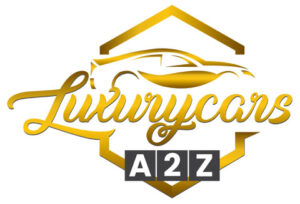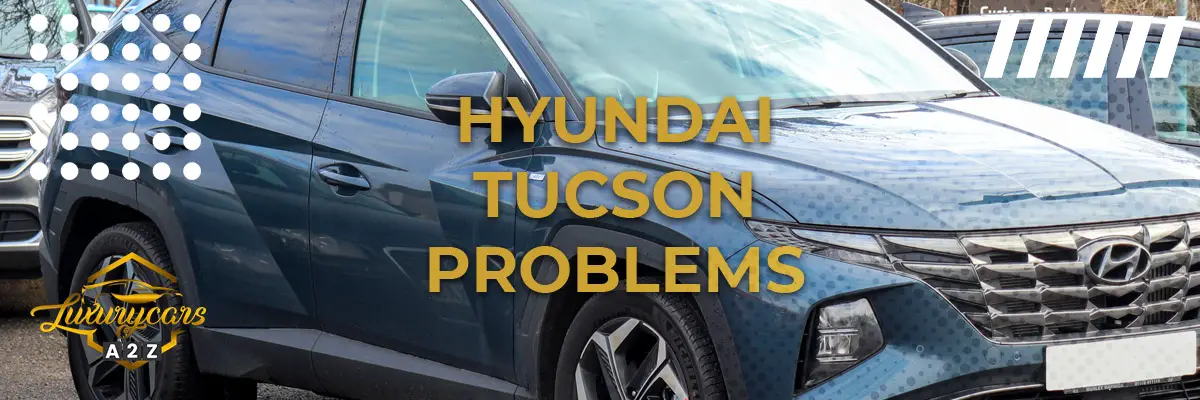Hyundai is a South Korean automaker that has gained popularity in recent years for producing reliable and affordable vehicles. However, like all car manufacturers, Hyundai has faced its fair share of problems, and one of the most common issues reported by Hyundai owners is related to the dual clutch transmission (DCT) in their vehicles.
A dual clutch transmission is an advanced type of automatic transmission that uses two separate clutches to shift gears quickly and smoothly. Despite its technological advantages, the DCT in some Hyundai models has been known to experience various problems and malfunctions, leading to concerns among owners and industry experts alike.
In this context, it is essential to understand the common issues with Hyundai dual clutch transmissions and how they can be prevented or resolved. The most common Hyundai dual clutch transmission problems include hesitation or shuddering, loss of power, grinding noises, difficulty shifting, or even a complete transmission failure.
It’s important to state that most of these issues have at least something to do with the way the transmission was maintained. Therefore, these issues aren’t always going to be present, especially if you take proper care of your vehicle.
Transmission Shuddering
Transmission shuddering is a common issue experienced by Hyundai owners with dual-clutch transmission (DCT). It causes a vibration or shaking sensation during acceleration due to worn clutch plates, dirty transmission fluid, or faulty shift solenoids.
This problem can affect the vehicle’s handling and acceleration, making it a safety concern. Hyundai has taken steps to address this issue, such as issuing technical service bulletins and recalls to repair or replace faulty components. Owners can also prevent this problem by maintaining the transmission fluid and avoiding harsh driving habits.
Loss of Power
Loss of power is another issue that some Hyundai owners may experience with the dual-clutch transmission (DCT). This problem is characterized by a sudden decrease in power or acceleration, even when the engine is running correctly. It can be caused by several factors, such as a malfunctioning clutch or transmission control module, a clogged transmission filter, or a faulty shift solenoid.
Loss of power can significantly affect the vehicle’s performance and make it difficult to drive, especially in situations where immediate acceleration is necessary, such as passing or merging onto a highway. Therefore, if you experience any of these issues, be sure to take your car to a dealer immediately as you don’t want to risk losing power while on a busy highway.
Grinding Noises
Grinding noises can indicate a significant problem with the transmission and should be addressed promptly to avoid further damage or safety concerns. If the noise can often be heard, chances are that something is badly wrong with the transmission and the car should not be driven if not absolutely imperative.
Damaged clutch plates are typically why these occur which means that you will have to replace your plates in order to fix this problem. Either way, grinding noises are never a good thing to experience, so be sure to take your car in for service whenever you come across these problems.
Difficulty Shifting
When it comes to the dual-clutch transmission (DCT) in Hyundai vehicles, some owners may experience difficulty shifting. This can take the form of resistance or grinding when changing gears, or even the inability to shift altogether. There are various potential causes for this issue, including worn clutch plates, a faulty shift solenoid, or problems with the transmission control module.
The most common ones seem to be the latter as the transmission control module was a bit of a headache on earlier models with the DCT. Either way, it’s important to properly diagnose this problem and solve it as soon as possible.
Transmission Failure
Several factors can contribute to transmission failure, such as worn or damaged clutch plates, a faulty transmission control module, or contaminated transmission fluid. The reality is that most full-on transmission failures are indeed an amalgamation of various problems left neglected by owners, but that is not always the case.
Either way, the best thing you can do is to be proactive and do all the maintenance that needs to be done when it needs to be done. It’s not a good idea to skip any of these as that can very well lead to transmission failure down the line.
FAQ Section
When Did Hyundai Come Out with the DCT Transmission?
Hyundai first introduced the Dual Clutch Transmission (DCT) in some of its models in 2012. The DCT was initially offered as an option in the Hyundai Veloster and later introduced in other models, such as the Hyundai Tucson, Elantra GT, and Sonata Turbo.
Since then, Hyundai has continued to use the DCT in some of its newer models, such as the Hyundai Kona, Veloster N, and Elantra N. The DCT is a popular choice for drivers who want the fuel efficiency and performance benefits of a manual transmission with the convenience and ease of an automatic transmission.
Is a DCT Transmission Not As Reliable as a Normal Automatic?
In general, a properly maintained Dual Clutch Transmission (DCT) can be just as reliable as a conventional automatic transmission. However, some differences between DCTs and traditional automatic transmissions can affect their reliability in certain circumstances.
DCTs have more complex internal components than conventional automatic transmissions, which can lead to increased wear and tear over time. Additionally, DCTs rely on computer control to manage the dual clutches and shift points, which means that any malfunction or error in the control system can result in transmission issues.
Who Makes the Best DCT Car Transmission?
Many different manufacturers out there make amazing DCTs that are as smooth as a normal torque converter, but incredibly responsive and quick when needed. VW/Audi DSG and S-Tronic are known to be a bit jerky at lower speeds while Ford’s DCT could be a bit more reliable.
However, the best DCTs are far from most people’s reach as units such as Porsches PDK or Ferrari DCT are likely the best ones on the market. Porsches PDK is as quick as a DCT can be but is also immensely durable and able to take a beating where most DCTs would likely crumble.
Hyundai models known for experiencing DCT problems
Here are some Hyundai models known for experiencing DCT problems:
- Hyundai Veloster (2012-2017): The Veloster with DCT has been reported to have issues with transmission performance and reliability.
- Hyundai Elantra (2016-2019): Some Elantra models equipped with the DCT have been reported to have transmission-related problems, including shuddering, hesitations, and rough shifting.
- Hyundai Tucson (2016-2019): Certain Tucson models equipped with the DCT have experienced issues related to jerking and hesitation during gear changes. More about Hyundai Tucson problems.
- Hyundai Sonata Eco (2016-2019): The Sonata Eco with DCT has been reported to have transmission problems, including rough shifting and occasional slipping.

